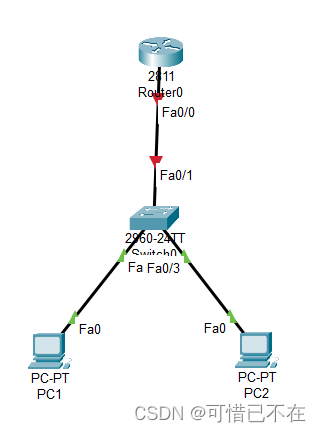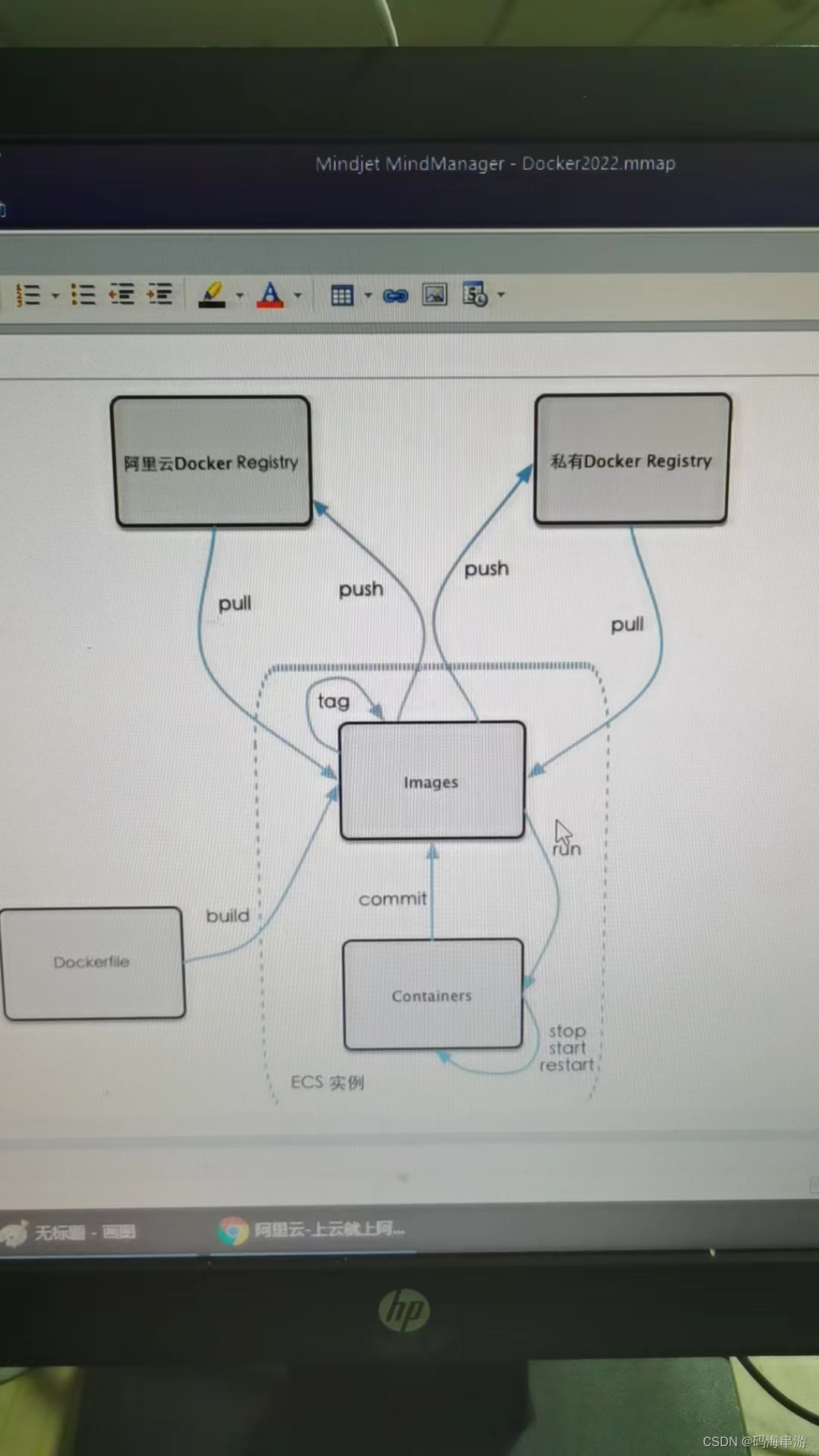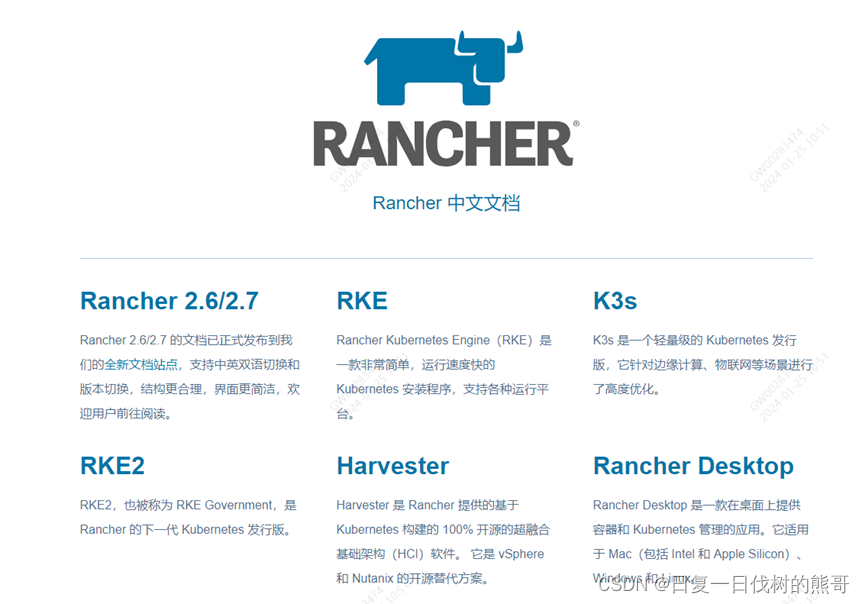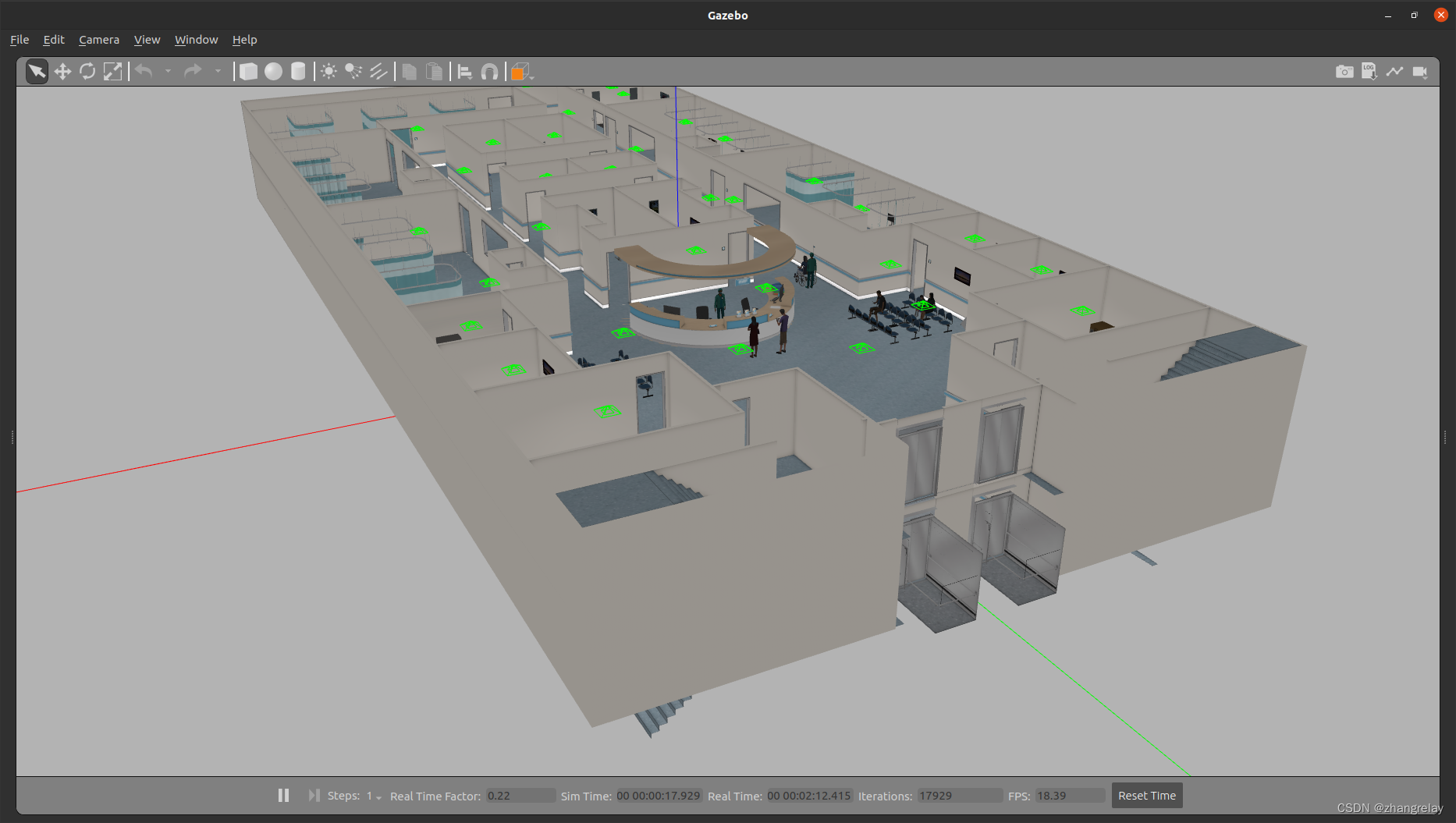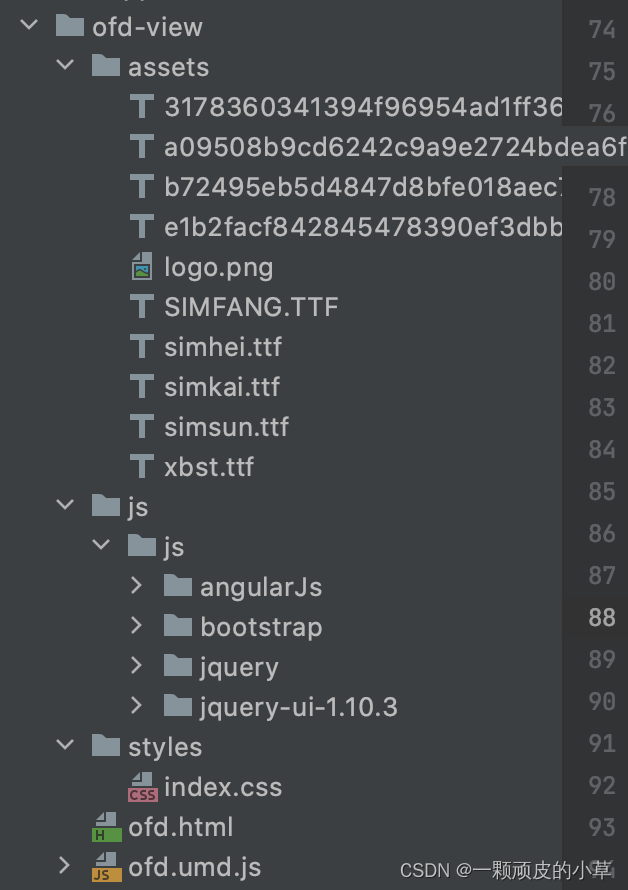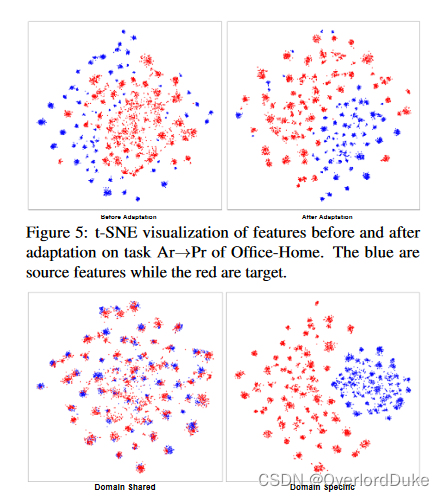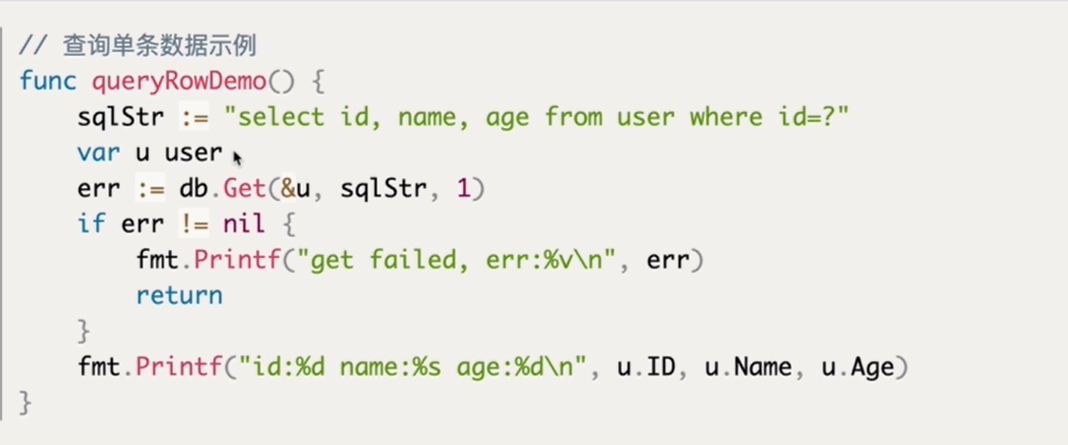注:书中对代码的讲解并不详细,本文对很多细节做了详细注释。另外,书上的源代码是在Jupyter Notebook上运行的,较为分散,本文将代码集中起来,并加以完善,全部用vscode在python 3.9.18下测试通过。
Chapter3 Linear Neural Networks
3.5 Image Classification Dataset
import torch
import torchvision
import time
import matplotlib.pyplot as plt
import numpy as np
from torch.utils import data
from torchvision import transforms
from d2l import torch as d2l
def get_fashion_mnist_labels(labels):#@save
"""返回数据集的文本标签"""
text_labels=['t-shirt','trouser','pullover','dress','coat','sandal','shirt','sneaker','bag','ankle boot']
return [text_labels[int(i)] for i in labels]
def show_images(imgs,num_rows,num_cols,titles=None,scale=1.5):#@save
"""绘制图像列表"""
figsize=(num_cols*scale,num_rows*scale)
_,axes=d2l.plt.subplots(num_rows,num_cols,figsize=figsize)# The _ is a convention in Python to indicate a variable that is not going to be used. In this case, it is used to capture the first return value of subplots, which is the entire figure.
axes=axes.flatten()
#enumerate意为"枚举"
for i ,(ax,img) in enumerate(zip(axes,imgs)):#The enumerate() function is used to get both the index i and the paired values.
if torch.is_tensor(img):
ax.imshow(img.numpy())
else:
ax.imshow(img)
ax.axes.get_xaxis().set_visible(False)
ax.axes.get_yaxis().set_visible(False)
if titles:
ax.set_title(titles[i])
return axes
batch_size=256
def get_dataloader_workers():#@save
"""使用4个子进程来读取数据"""
"""每个子进程会预加载一批数据,并将数据放入一个共享内存区域。当主进程需要数据时,它可以直接从共享内存区域中获取,而不需要等待数据的读取和预处理。这样,主进程可以在处理当前批次的数据时,子进程已经在后台加载下一批数据,从而提高数据加载的效率。"""
return 4
#定义一个计时器
class Timer:#@save
def __init__(self) :
self.times=[]
self.start()
def start(self):
"""启动计时器"""
self.tik=time.time()
def stop(self):
"""停止计时器并将时间记录在列表中"""
self.times.append(time.time()-self.tik)
return self.times[-1]
def avg(self):
"""返回平均时间"""
return sum(self.times)/len(self.times)
def sum(self):
"""返回总时间"""
return sum(self.times)
def cumsum(self):
"""返回累计时间"""
return np.array(self.times).cumsum().tolist()
def load_fashion_mnist(batch_size,resize=None):#@save
"""下载Fashion-MNIST数据集到内存中"""
trans = [transforms.ToTensor()]
#将PIL图像转为tensor格式(32位浮点数),并除以255使得所有像素的数值均为0-1
#the "transforms" module in PyTorch's torchvision library is used to define a sequence of image transformations
if resize:
trans.insert(0,transforms.Resize(resize))
trans=transforms.Compose(trans)
#"Compose" transformation allows you to apply a sequence of transformations to an input. The resulting trans object can be applied to images or datasets.
mnist_train=torchvision.datasets.FashionMNIST(root="./data",train=True,transform=trans,download=True)
mnist_test=torchvision.datasets.FashionMNIST(root="./data",train=False,transform=trans,download=True)
#"train=True"表示加载训练集,"train=False"表示加载测试集。
#print(len(mnist_train),len(mnist_test))
#每个输入的图像高度和宽度均为28像素,并且是灰度图像,通道数为1,下文将高度为h像素,宽为w像素的图像的的图像的形状记为(h,w)
#print(mnist_train[0][0].shape)
#mnist_train[0][0]指的是第一个图像数据的张量,mnist_train[0][1]指的是第一个图像的标签
return (data.DataLoader(mnist_train,batch_size,shuffle=True,
num_workers=get_dataloader_workers()),
data.DataLoader(mnist_test,batch_size,shuffle=False,
num_workers=get_dataloader_workers()))
# The DataLoader is responsible for loading batches of data, shuffling the data (for training), and using multiple workers for data loading ("num_workers" parameter).
# "shuffle=False" for mnist_test ensures that the test data remains in its original order during evaluation.
#X,y=next(iter(data.DataLoader(mnist_train,batch_size=18)))
#show_images(X.reshape(18,28,28),2,9,titles=get_fashion_mnist_labels(y))
#plt.show()
if __name__ == '__main__':
train_iter, test_iter = load_fashion_mnist(32, resize=64)
#timer = Timer()
#for X, y in train_iter:
# continue
#print(f'{timer.stop():.2f} sec')
for X,y in train_iter:
print(X.shape,X.dtype,y.shape,y.dtype)#dtype即data type
break

























